Understanding Timber Harvesting Regulations
- September 17, 2024
- 2 comment
Timber harvesting is a fundamental aspect of forest management, vital for industries like construction, paper, and furniture manufacturing. While it provides critical resources, it also requires careful regulation to ensure sustainability and environmental protection.
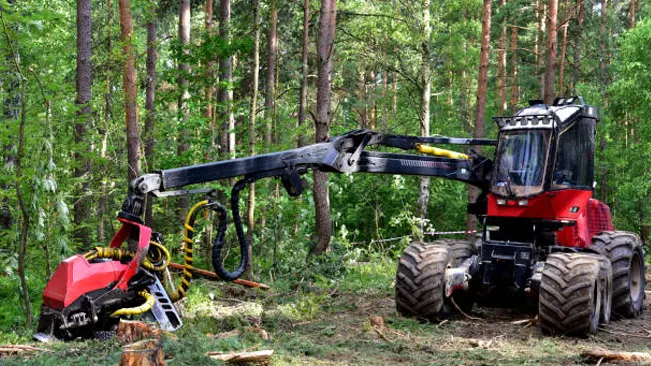
Laws at the federal, state, and local levels govern timber harvesting to prevent overexploitation and environmental degradation. This article will provide an in-depth look at these regulations and guide landowners through best practices for sustainable and legal timber harvesting.
What is Timber Harvesting?
Timber harvesting involves the cutting, processing, and transporting of trees for commercial use. It’s a key operation for multiple industries, contributing significantly to the economy. However, timber harvesting must be done in a way that conserves forest ecosystems and mitigates negative environmental impacts. The practice often involves balancing economic needs with the health and regeneration of forests, ensuring the long-term sustainability of the resource.
Why do Regulations Matter?
Regulations are important in managing the environmental impact of timber harvesting. They ensure that operations comply with environmental standards, which are designed to protect public resources such as clean water, air quality, and wildlife habitats.
These laws also prevent overharvesting, reduce soil erosion, and promote reforestation. Without regulations, the risk of deforestation, habitat destruction, and water contamination increases significantly
Federal and State Regulations
Federal Timber Harvesting Laws
Several federal laws affect timber harvesting in the U.S. The Clean Water Act (CWA) requires timber operators to minimize water pollution by protecting streams, lakes, and wetlands from logging-related runoff.
The Endangered Species Act (ESA) mandates the protection of critical habitats for threatened and endangered species, limiting where and how timber can be harvested to avoid destroying these areas. Other federal laws include the National Forest Management Act, which guides timber production on public lands.
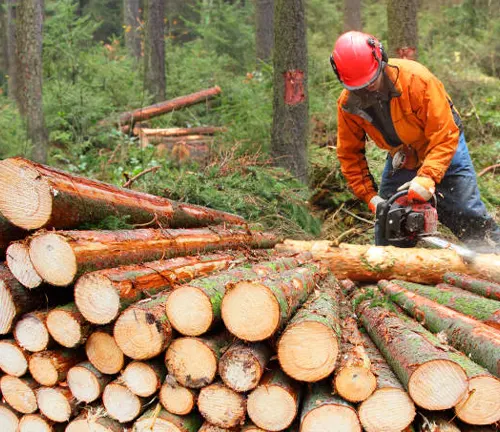
State-Specific Regulations
Each state has its own regulations that often expand upon or complement federal laws. For example, in California, the Forest Practice Act mandates that landowners submit a Timber Harvest Plan (THP) before conducting any logging on private lands.
This plan ensures that the logging operation complies with environmental standards, including protecting water quality and wildlife habitats. Similarly, Oregon has stringent logging regulations that focus on maintaining forest health and preventing soil erosion
Understanding Timber Harvest Plans (THP)
A Timber Harvest Plan (THP) is a document that outlines the proposed methods for timber harvesting while ensuring compliance with state environmental laws. It includes a detailed plan on how logging activities will protect water resources, prevent soil erosion, and safeguard wildlife habitats.
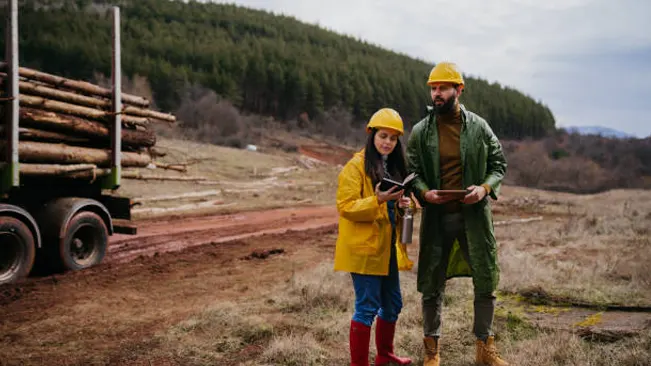
THPs are required in many states before any commercial logging operation can begin and must be approved by the relevant state forestry department
Steps to Develop a Timber Harvest Plan (THP)
- Consult with a Registered Professional Forester (RPF):
The forester will assess your property, identify suitable areas for logging, and create a plan that complies with environmental regulations. - Identify areas for logging and prepare for reforestation:
This includes road construction and measures to ensure minimal disturbance to the surrounding ecosystem. - Submit the THP to state authorities:
The plan must be approved before logging begins. Approval processes vary by state, but typically involve reviews by environmental and forestry experts
Work with a Registered Professional Forester (RPF) to assess your property.
Identify areas for logging and prepare plans for road construction and replanting.
Submit the THP to relevant state authorities for approval.
Permit Requirements for Timber Harvesting
When Do You Need a Permit?
In most states, a permit is required for any timber harvesting activity conducted for commercial purposes, such as selling, bartering, or trading timber. Even if a landowner is harvesting timber for personal gain, they may still need a permit, depending on local regulations. For non-commercial purposes, such as cutting trees for personal firewood, permits are often not required, though landowners should verify with their local forestry agency
Types of Permits Available
Timber Harvest Plan (THP):
Required for commercial timber operations on private lands.
Nonindustrial Timber Management Plan (NTMP):
Designed for small-scale landowners, this plan allows for sustainable harvesting over time.
Exemptions: Certain activities, like dead tree removal for wildfire prevention, may qualify for an exemption from the full THP requirement
Sustainable Timber Harvesting Practices
Sustainability is critical in timber harvesting, ensuring that forests remain healthy and productive for future generations. Sustainable practices help preserve biodiversity, prevent soil erosion, and maintain ecosystem services such as water filtration and carbon sequestration.
Methods of Sustainable Harvesting
1. Selective Logging
Involves cutting only specific trees while leaving the rest of the forest intact. This method minimizes environmental impact and promotes forest regeneration.
2. Clear-Cutting with Replanting
Although all trees in an area are removed, immediate replanting ensures that the forest can regrow, maintaining the area’s long-term productivity.
3. Agroforestry
Integrates tree planting with agricultural crops, promoting both timber production and soil conservation.
Economic Aspects of Timber Harvesting
Timber harvesting can be a profitable venture for landowners, but several factors influence the potential income. Understanding market trends, selecting the right buyers, and choosing the best sale method are critical for maximizing profits.
Lump-Sum Sale: A single payment is made for all the trees to be harvested.
Sale-by-Unit: Payment is based on the volume of timber cut, such as per board foot or cord.
Shares: The landowner and buyer split the profits from the timber sale, typically in a 50-50 arrangement
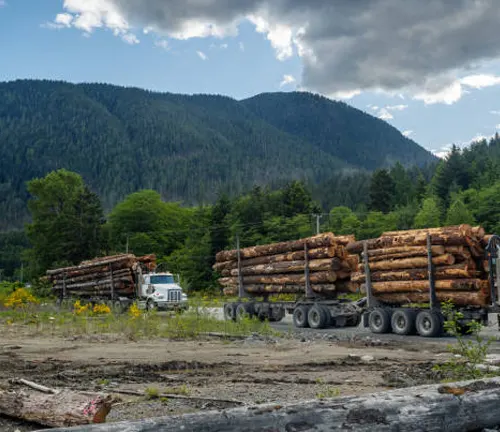
Maximizing Profit from Timber Sales
- Timing: Selling timber in winter often yields higher prices due to lower supply.
- Log Buyer Selection: Contact multiple buyers to ensure competitive pricing.
- Harvest Quality: Maintaining good roads and infrastructure allows for harvesting during off-peak seasons, which can improve profitability.
Timber Harvesting and Environmental Protection
Regulations to Protect Water and Soil
Timber harvesting regulations often include measures to protect soil stability and water quality. This involves maintaining buffer zones around rivers, lakes, and wetlands to prevent runoff and pollution. Soil conservation techniques, such as minimizing road construction and avoiding clear-cutting on steep slopes, are also enforced to reduce erosion.
Best Management Practices (BMPs)
Erosion control measures: Use of silt fences and proper road design to reduce runoff.
Habitat preservation: Leave buffer zones around streams and wildlife habitats.
Controlled logging techniques: Avoid large-scale clear-cutting unless necessary, and implement staggered harvesting.
Reforestation and Post-Harvest Responsibilities
Legal Requirements for Reforestation
Many states require reforestation after a timber harvest to ensure that the forest can regenerate. Failure to comply with these regulations can result in fines or other penalties. Reforestation typically involves replanting tree seedlings and ensuring their growth for a specified number of years.
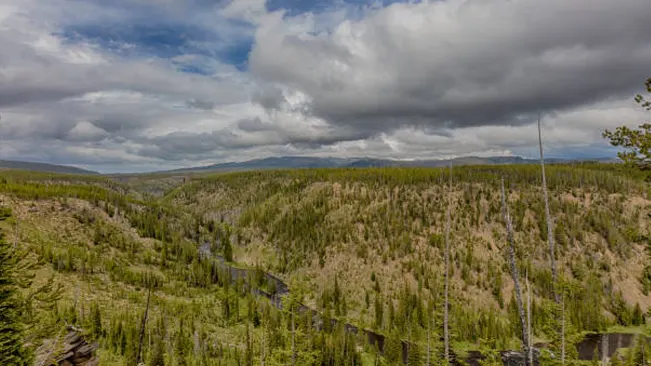
Post-Harvest Management
- Site Preparation: Clear the area of logging debris and prepare the land for replanting.
- Monitoring: Regularly check the health of newly planted trees, replacing any that fail to grow.
- Long-Term Planning: Develop a forest management plan to maintain the health of the forest for future timber harvests
Common Challenges in Timber Harvesting
Navigating Complex Regulations
The numerous regulations governing timber harvesting can be overwhelming, especially since they vary by region and often overlap. Landowners must stay informed of federal, state, and local laws to ensure compliance and avoid legal complications.
Working with Contractors
It is crucial to hire experienced and licensed contractors for timber harvesting. Ensure that all agreements are clearly defined in contracts, and verify that contractors have adequate insurance. Experienced contractors will also help reduce risks associated with logging and ensure the operation is efficient and compliant with regulations
Conclusion
Understanding timber harvesting regulations is essential for landowners and operators aiming to balance economic benefits with environmental stewardship. These regulations ensure that timber harvesting does not harm forests, water sources, or wildlife habitats, and that forest ecosystems remain sustainable. By following best practices, obtaining the necessary permits, and working with professionals like registered foresters and licensed contractors, timber harvesting can be both profitable and environmentally responsible.
For any landowner, it’s crucial to stay informed about both federal and state regulations and to plan ahead for reforestation and site management after harvesting. Sustainable timber practices not only comply with legal requirements but also ensure the continued health of forests for generations to come.
Frequently Asked Questions (FAQ’s)
- Do I always need a permit?
Permits are generally required for commercial harvesting but may not be necessary for personal use. - What is the best time to sell timber?
Winter months often yield higher prices due to supply shortages. - How does a Timber Harvest Plan protect the environment?
A THP ensures that logging activities comply with environmental protections and minimize ecological impact. - Can small landowners harvest timber sustainably?
Yes, programs like the Nonindustrial Timber Management Plan help small landowners manage sustainable harvesting. - What is the role of a forester in timber harvesting?
A forester helps develop harvest plans that comply with legal regulations and promote forest health. - How can timber harvesting affect my taxes?
Income from timber sales is taxed, but landowners may qualify for capital gains tax treatment. - Can I harvest timber without a THP in emergencies?
Yes, certain exemptions allow for timber removal in cases like wildfire prevention. - Can I cut down trees for personal use without a permit?
Yes, in many cases you can cut trees for personal use (like firewood), but you should check local regulations as some areas require permits for certain activities. - What happens if I don’t replant after harvesting?
In most states, failure to comply with reforestation laws can result in fines or penalties. Additionally, failing to replant trees harms long-term forest sustainability. - How do I find a reputable logging contractor?
Ask other landowners for recommendations and ensure that contractors are licensed, insured, and experienced in sustainable practices.

Jordan Blake
Forestry AuthorJordan Blake is a forestry expert with over 15 years of experience in arboriculture and community education. Passionate about sustainable forest management, Jordan regularly writes for Forestry.com and Tree Care Magazine. Holding certifications in tree health assessments and urban forestry management, Jordan conducts workshops to educate the public on sustainable practices. Jordan has a degree in Environmental Science and enjoys hiking and photography in their free time.

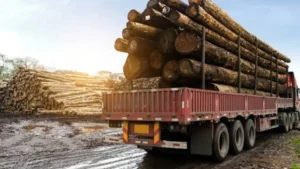
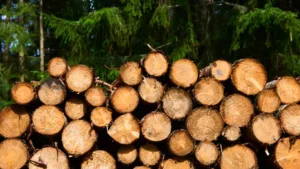
great information very hepful
angelia forney
November 13, 2024 12:23 amThank you! I’m glad you found it helpful! Timber harvesting can be complex, so it’s great to know the info is useful.
Jordan Blake
November 14, 2024 12:43 am